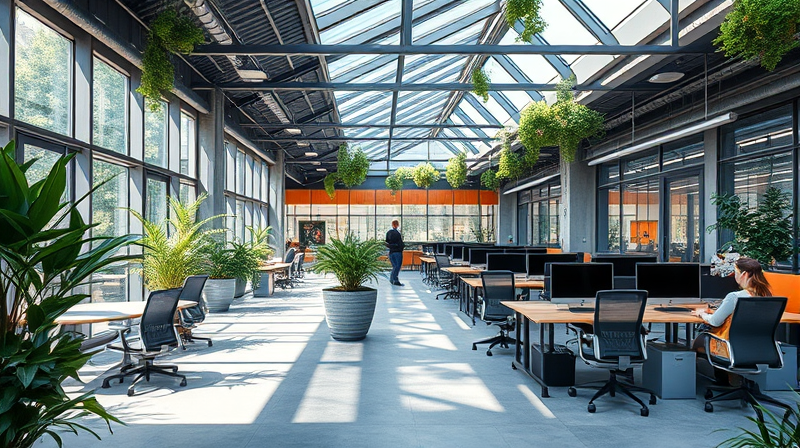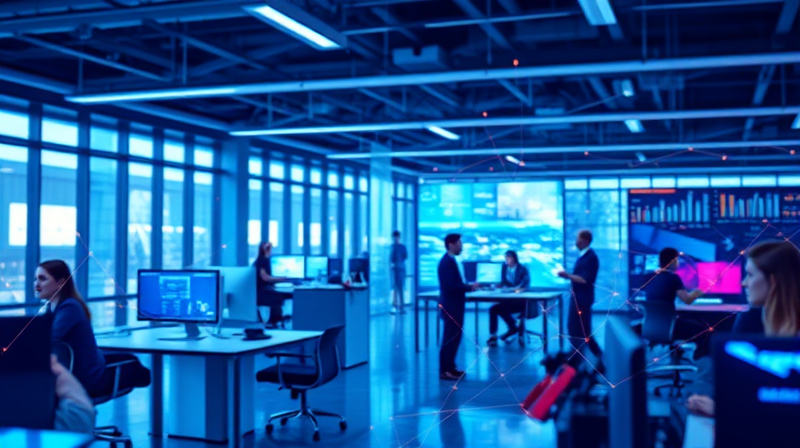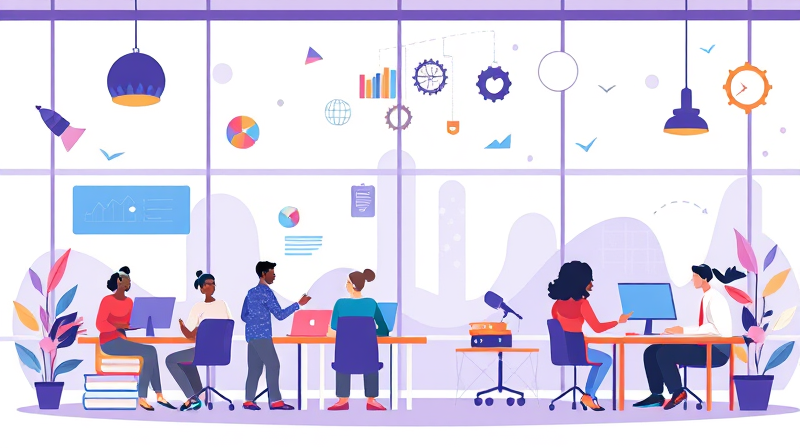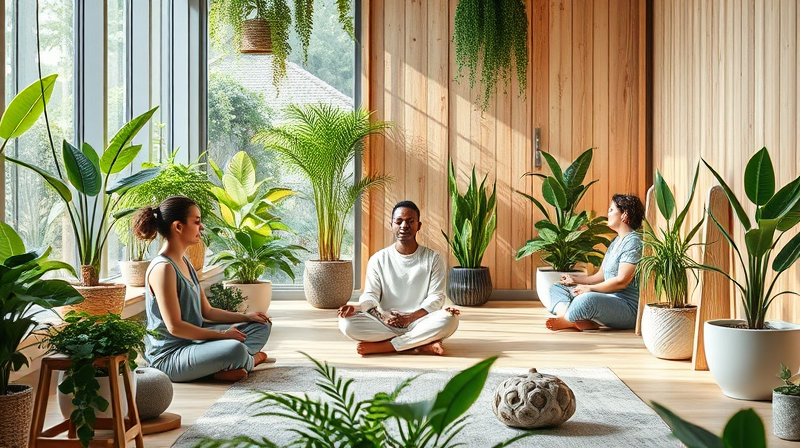In today's fast-evolving work culture, creating spaces that encourage productivity is more than just a trend—it is a necessity. Organizations are rethinking their environments to provide adaptable, comfortable, and stimulating platforms that empower employees in every aspect of their professional journey. This transformation is fueled by the growing demand for both collaboration and focused concentration, along with a welcome shift toward employee well-being.
The modern workspace is now a canvas for innovation, blending technology with design to reflect new work patterns, employee expectations, and future-ready methodologies.
Embracing Flexibility in Design
One of the core principles in setting up highly productive workspaces is flexibility. Gone are the days when rigid, cubicle-based offices reigned supreme. Today, companies are investing in flexible layouts that cater to multiple work styles. Flexible layouts incorporate open lounges, mobile partitions, hot desking stations, and convertible meeting rooms, empowering employees to choose the environment that best suits their tasks.
This adaptive design fosters a sense of autonomy and trust, which are essential to boosting productivity and morale. Employees can alternate between environments that promote deep concentration and those that encourage creative collaboration, playing a direct role in enhancing their overall work output.
Key Benefits of Flexible Workspaces:
- Enhanced personal autonomy and choice.
- Dynamic environments tailored to specific work needs.
- Increased collaboration and team engagement.
- Improved adaptability to changing work patterns.
Hybrid Workspaces for Optimal Balance
The surge in hybrid work models, which blend remote and in-office settings, has further influenced how productive spaces are designed. This evolution means that modern offices are structured to cater to both teamwork and intimate, focused work sessions. Offices now feature open-concept areas that encourage spontaneous collaboration, alongside private zones such as soundproof pods and secluded meeting rooms that foster deep focus.
By embracing hybrid workspaces, companies actively support employees in harnessing their best work habits, regardless of the location. This strategic approach ensures that every individual can connect, create, and excel in environments that align with their specific needs and work habits.
Hybrid Workspaces Advantages:
- Seamless transition between collaborative and solo work environments.
- Optimized space usage that supports diverse work styles.
- An inclusive work culture that recognizes individual needs.
Nurturing Well-Being Through Biophilic Design
Beyond layout and functionality, the influence of well-being in workspace design cannot be overstated. Modern interior designs incorporate biophilic elements, such as natural light, indoor greenery, and organic materials, into the modern office. Biophilic design not only creates a calming and pleasant ambience but also significantly reduces stress and fatigue among employees.
Large windows that bathe spaces in daylight, strategically placed indoor plants, and materials that enhance acoustics all work together to create an atmosphere conducive to focused work. By allowing employees to feel more connected to nature, companies witness an increase in creativity and productivity that translates directly into enhanced performance and job satisfaction.
Benefits of a Biophilic Environment:
- Heightened mental clarity and focus.
- Reduction in workplace stress and fatigue.
- Improved overall well-being and job satisfaction.
Integrating Smart Technology and Ergonomic Solutions
The heart of a modern workspace extends well beyond design elements—it embraces technology that supports both convenience and health. By integrating smart technology into office spaces, organizations equip themselves to manage daily operations more efficiently. Smart tech solutions such as adjustable lighting systems that mimic natural circadian rhythms, noise-canceling equipment, and smart climate control systems propel employees into a realm where comfort meets productivity.
Ergonomics is equally important. Ergonomic furniture such as adjustable chairs, standing desks, and monitors positioned for optimal viewing ease ensure that employees maintain healthy postures and reduce physical stress. By making these investments, companies not only prioritize employee health but also promote sustained concentration and productivity over long periods.
Smart and Ergonomic Tech Offers:
- Enhanced workspace comfort and usability.
- Reduction in work-related fatigue and injuries.
- Streamlined operations that promote sustained focus.
Cultivating a Collaborative and Empowered Community
Productive spaces are as much about physical design as they are about the culture nurtured within them. Modern office strategies encourage a community built on shared workstyles rather than strictly department-based seating. This means teams with compatible work habits are brought together, fostering an environment of camaraderie and synergistic collaboration.
Teams that operate within these tailored environments often perform better, as there is a natural alignment of goals and communication styles. Employees feel more empowered when they understand that the workspace is not simply a place to work, but a dynamic community designed around their success and well-being.
Community-Driven Benefits:
- Improved collaboration through shared spaces and goals.
- Increased empowerment and ownership over work processes.
- Cultivation of a strong, unified workplace culture.
In conclusion, the journey of creating workspaces that encourage productivity is multifaceted and deeply rewarding. By embracing flexible designs, adapting to hybrid work models, incorporating biophilic elements, integrating smart technology, and nurturing a collaborative culture, organizations pave the way for environments where creativity and productivity can flourish.
This transformation is more than just a design change—it is a commitment to the well-being and success of every employee. As companies continue to innovate and redefine workspaces, the future looks bright for environments that not only support but also inspire sustained professional excellence and personal growth.








